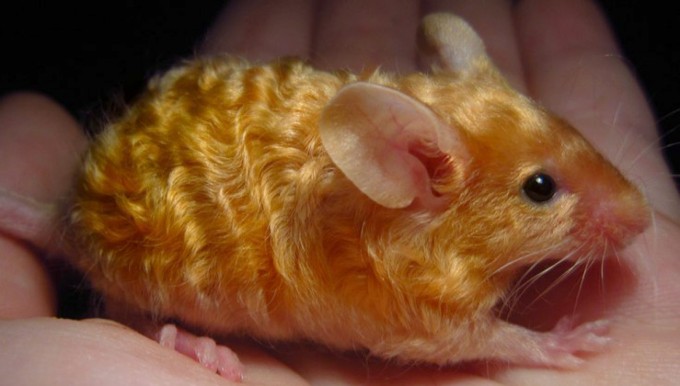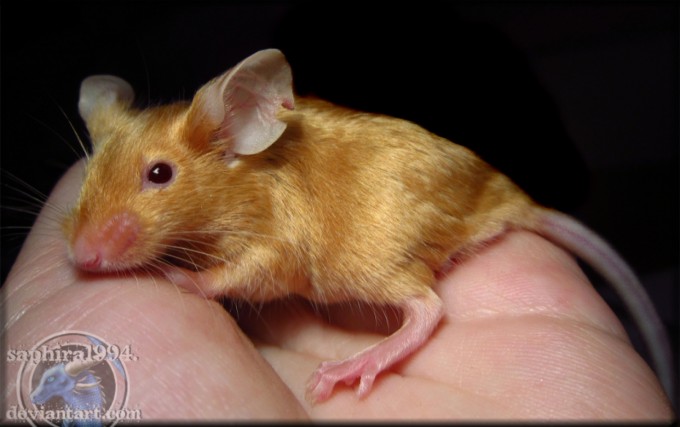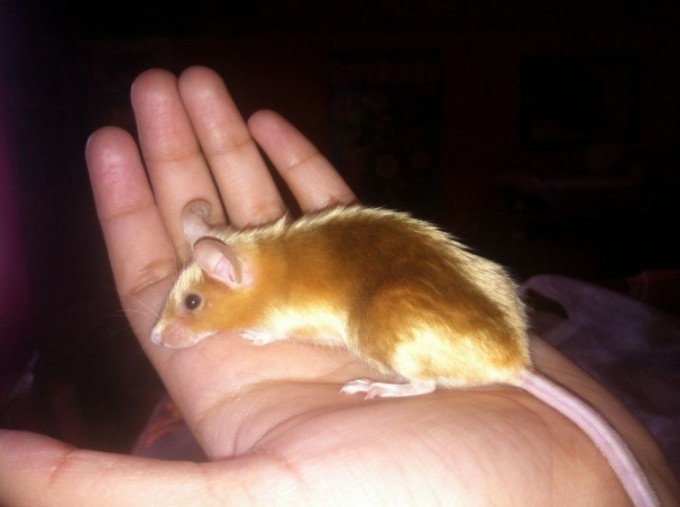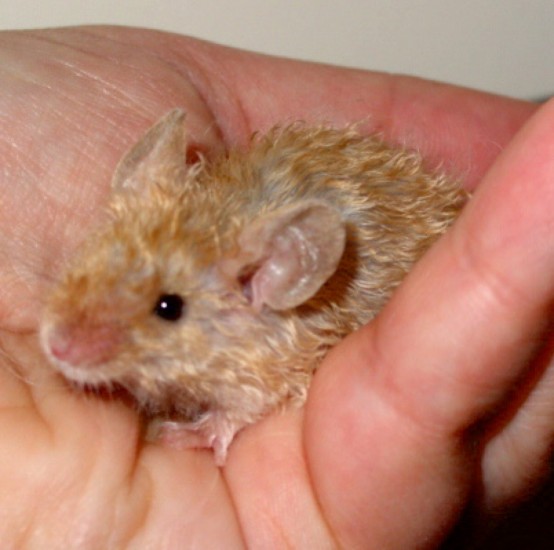Mice are cute. I mean, I get why people might be iffy about the wild mice that dig through the cupboards, leave poop in drawers, and have questionable hygiene, but pet mice are adorable. They’re so tiny and have those twitchy whiskers and round ears. I love them to pieces. In fact, they come in a wide variety of colors: black, white, cream, red, chocolate, lilac, blue, fawn, silver, dove, champagne, cinnamon, golden agouti, and silver agouti.
-
1 | 4

A medium-sized, golden-colored (rich ochraceous tawny) white-footed mouse with soft, thick pelage; larger than the fulvous harvest mouse and without grooves on upper incisors; feet white; underparts pale cinnamon buff; tail brownish, darker above than below. Dental formula: I 1/1, C 0/0, Pm 0/0, M 3/3 × 2 = 16. Averages for external measurements: total length, 176 mm; tail, 78 mm; hind foot, 19 mm. Weight, 15–25 g.


During fieldwork in Big Thicket National Preserve in the late 1970s and early 1980s, golden mice were commonly trapped in the wooded habitats throughout the preserve. However, few specimens of this mouse have been obtained during the last few decades in eastern Texas. In 2003 and 2004, Cody Edwards and Andy Bradstreet at Stephen F. Austin University studied golden mice in Nacogdoches and San Augustine counties and reported two viable populations. In addition, they provided information pertaining to the ecology and natural history of this species.
